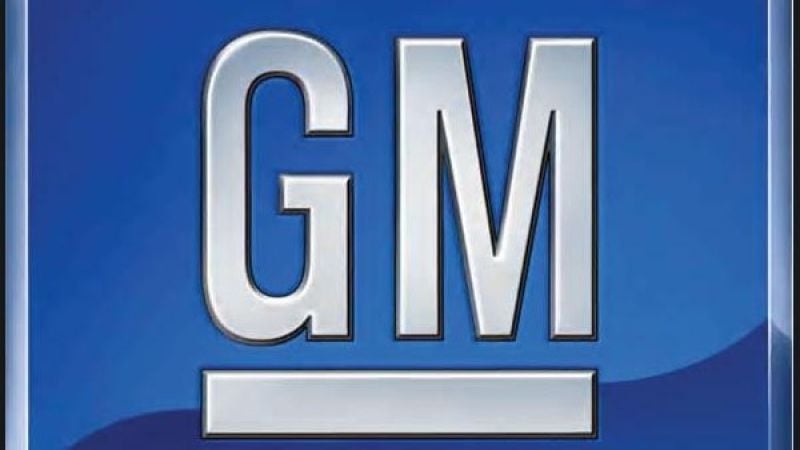In late 2008, former President George W Bush approved the “bailout loans” that would effectively save General Motors and the Chrysler Corporation with President Barack Obama completing the bailout loan actions that resulted in General Motors receiving $49.5 billion worth of taxpayer money. General Motors would “repay” the bailout loans in late 2010 when they issued the value of the loans in newly released common stock as part of their Initial Public Offering. With the issuance of that stock to the US government as repayment for the bailout loans, the Treasury officially owned a very large percentage of the automaker. Once the stock had been issued to the feds, it didn’t take more than a few minutes for critics of the whole plan to state that GM stood for Government Motors. However, now that the US government has officially sold off the last remaining GM stock, the feds no longer have any ownership or control of the automaker to GM is back to being good ol’ General Motors.
"The U.S. Treasury's ownership exit closes just one chapter in GM's ongoing turnaround story. We will always be grateful for the second chance extended to us and we are doing our best to make the most of it. Today is not dramatically different from the hundreds of preceding days during which we have worked to make GM a company our country can be proud of again,” said GM CEO and Chairman Dan Akerson. "Continued investments, innovation, and job creation are just some of the "returns" of a healthy GM and domestic auto industry. Our work continues uninterrupted, and we will keep our sights squarely on our customers and transforming the way we do business."
Unfortunately, the sale of the GM stock didn’t go quite as planned and the government ended up a little short in selling off the stock to cover the expense of the bailout loans – about $10.5 billion short to be exact. When the government agreed to accept GM stock as repayment, the idea was that the government could sell off that stock and if the price at the time of the sale was right, the government could actually make money on the bailout loans. The only problem was that after the stock was issued to the government with a value of $33 per share, the value dropped continuously over the next few years. In an effort to rid themselves of the sinking stock, the government sold some shares when the market value was well below the issue price so the Treasury lost money on those shares. More recently, the price of GM stock has risen over that $33 issue price so technically, many of the shares sold during 2013 were sold at a profit but that minimal profit didn’t make up for the hit that the feds took on the earlier sales. In the end, the stock which was issued to cover the $49.5 billion loan was sold for a total of roughly $39 billion…effectively showing up on the books as a loss of $10.5 billion.
Although on paper that $10.5 billion loss from the GM bailout loans is tough to swallow, that money did far more than just save GM from being sold to a foreign competitor. Opponents of the bailout loans will insist that there was no real impact on anyone other than the people with GM but had GM gone under – the ripple effect would have crushed countless smaller companies around the United States. That $10 billion loss on the government loans helped to save (and even create) jobs all over the country with those companies that support General Motors – from direct suppliers in the auto industry to restaurants located around the various GM facilities in the US that rely on the traffic from those GM workers. In the long run, industry analysts have stated that for every dollar “lost” via the bailout, taxpayers saved $8 that would have been consumed by government assistance programs (food stamps, welfare, etc) if a large number of GM workers would have been suddenly out of work.
In any case, the end of the Government Motors era is over. While critics of the whole program will always bring up that $10 billion “loss”, there is no question that tens of thousands of Americans are able to make ends meet this Christmas because of the financial assistance offered to General Motors through the bailout loans. Ultimately, with there being roughly 313.9 million people in the US in 2012, the bailouts costs each of us right around $33. In my household of 3 people, the bailouts cost my family roughly $100 and honestly, that seems like a small price to pay to keep so many of our friends and neighbors working.












